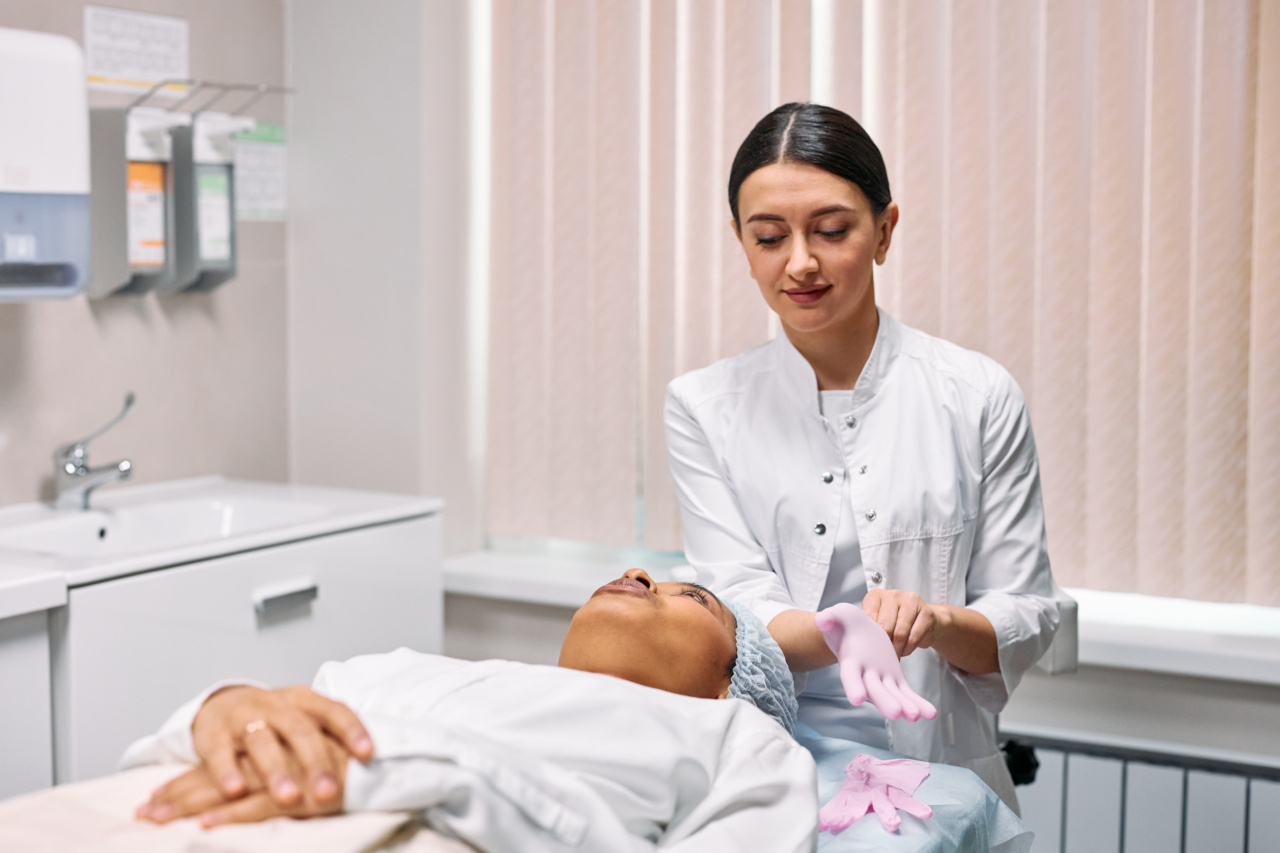Vaginitis refers to the inflammation or infection of the vagina, resulting in discomfort, pain, and other distressing symptoms.
It is a common condition that affects women of all ages, and there are various factors that can contribute to its development. This article aims to provide an in-depth analysis of the symptoms, causes, and treatment options for vaginitis, shedding light on this often misunderstood condition.
Symptoms of Vaginitis
The symptoms of vaginitis can vary depending on the underlying cause. However, there are some common signs and symptoms that individuals may experience, including:.
- Abnormal vaginal discharge: Changes in color, consistency, or odor of the vaginal secretions.
- Itching and irritation: Persistent itching and discomfort in the vaginal area.
- Burning sensation: A sensation of burning during urination or intercourse.
- Painful urination: Discomfort or pain while urinating.
- Painful intercourse: Pain or discomfort during sexual intercourse.
- Redness and swelling: Swelling, redness, or inflammation of the vaginal tissues.
Common Causes of Vaginitis
There are several factors that can contribute to the development of vaginitis. Some of the most common causes include:.
1. Bacterial Vaginosis (BV)
Bacterial vaginosis occurs when there is an overgrowth of harmful bacteria in the vagina, disrupting the natural balance of bacteria.
The exact cause of BV is not fully understood, but certain factors such as multiple sexual partners, douching, or the use of scented soaps can increase the risk.
2. Yeast Infections
Yeast infections, also known as candidiasis, are caused by an overgrowth of the fungus Candida albicans. Hormonal changes, weakened immune system, uncontrolled diabetes, or the use of antibiotics can increase the risk of developing a yeast infection.
3. Trichomoniasis
Trichomoniasis is a sexually transmitted infection (STI) caused by the parasite Trichomonas vaginalis. Engaging in unprotected sexual activity with an infected partner is the primary mode of transmission.
4. Atrophic Vaginitis
Atrophic vaginitis usually occurs in postmenopausal women due to decreased estrogen levels.
The reduced levels of estrogen can cause thinning and inflammation of the vaginal tissues, leading to symptoms such as dryness, itching, and pain during intercourse.
Treatment Options for Vaginitis
The treatment for vaginitis depends on the underlying cause of the condition. Here are some common treatment options:.
1. Medications
Antibiotics are often prescribed to treat bacterial vaginosis or certain types of sexually transmitted infections like trichomoniasis. Antifungal medications, such as creams or oral tablets, are commonly used to treat yeast infections.
2. Hormone Therapy
For women experiencing atrophic vaginitis, hormone therapy in the form of vaginal estrogen can help relieve symptoms by restoring the estrogen levels in the body.
3. Lifestyle Modifications
Practicing good hygiene, avoiding irritants like douches and scented products, wearing breathable underwear, and practicing safe sex can help prevent vaginitis and reduce the risk of recurrence.
4. Natural Remedies
Some individuals find relief from vaginitis symptoms through natural remedies such as probiotics, tea tree oil, or yogurt. However, it’s important to consult with a healthcare provider before trying any alternative treatments.
Conclusion
Vaginitis is a common condition that can cause significant discomfort and distress for women. Understanding the symptoms, causes, and treatment options for vaginitis is crucial for timely diagnosis and management.
By recognizing the signs of vaginitis and seeking appropriate medical care, women can effectively address this condition and improve their overall quality of life.






























